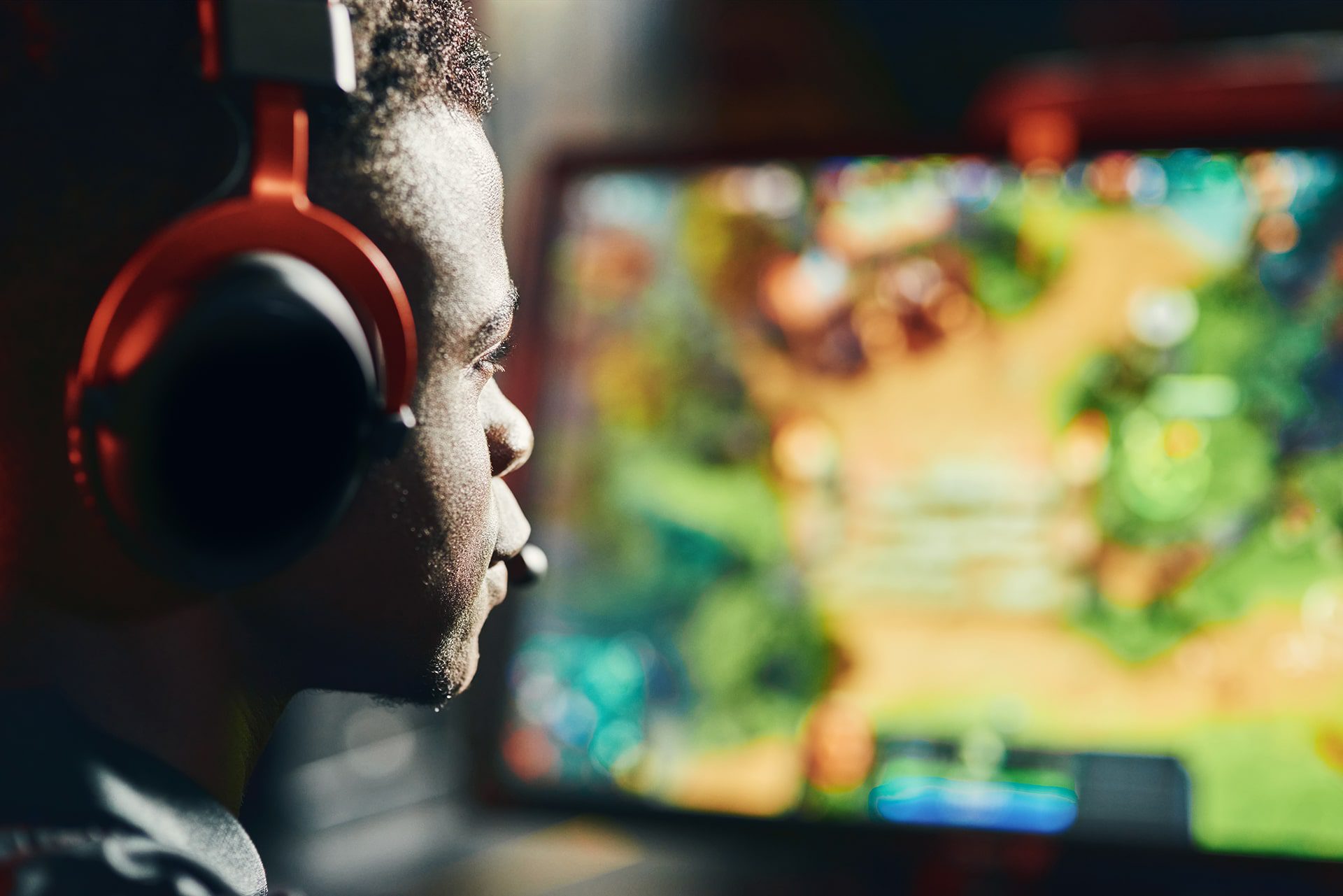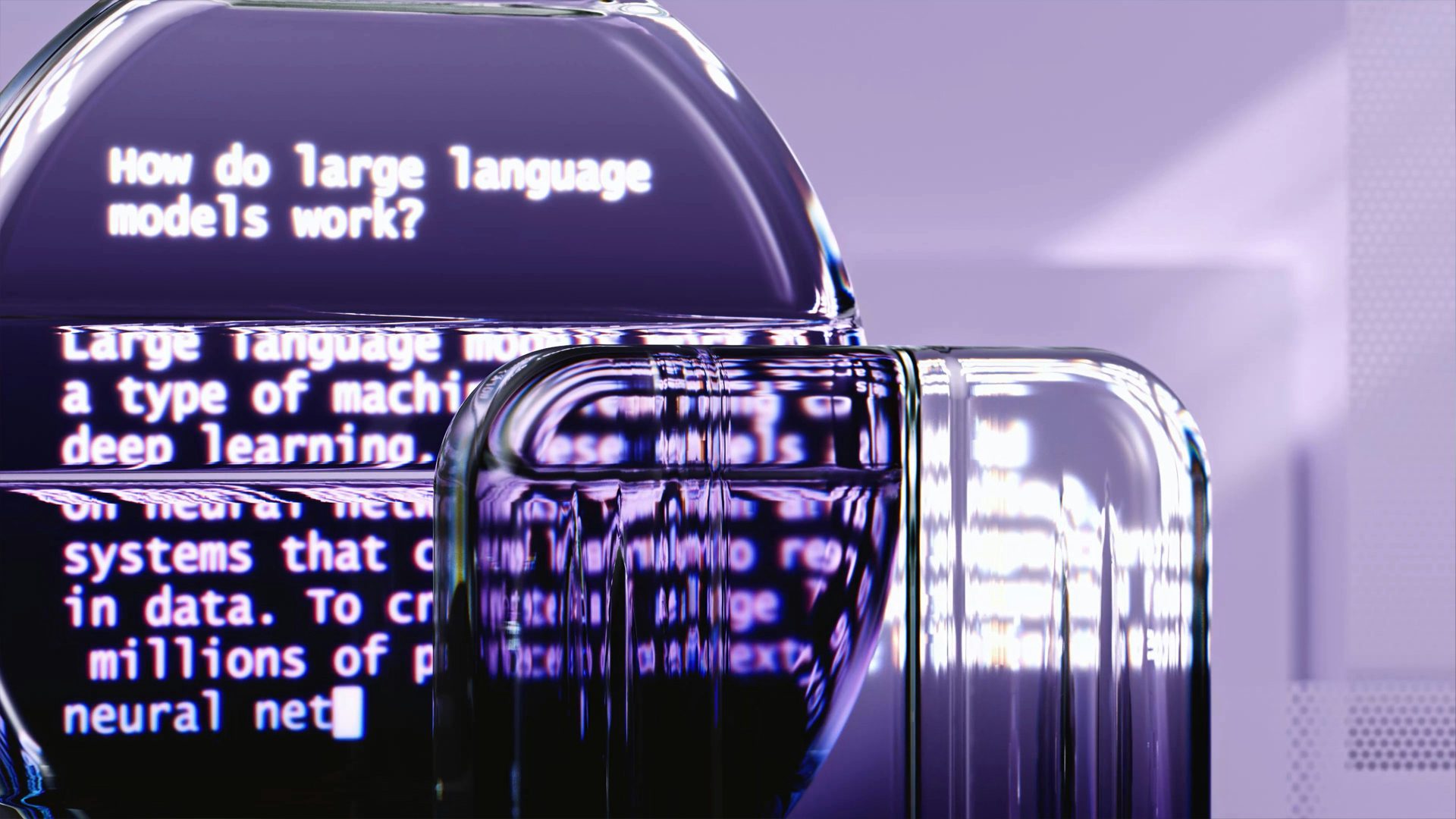The gaming industry has transcended borders, captivating audiences worldwide. To reach this diverse player base, game localization is a must. It involves adapting games to different cultures, languages, and preferences. As such, managing content in multiple languages with tight deadlines becomes a challenge. Machine translation (MT) tackles this issue and is increasingly becoming a key tool in this complex process.
In this article, we’ll discuss the challenges and advantages of machine translation in game localization. We’ll also describe how human post-editing can complement MT, and future developments in MT for the gaming industry.
Challenges of Machine Translation in Gaming
While MT has made significant progress, MT-powered game localization presents unique challenges (source: GamesIndustry.biz).
- Creativity: Game characters often speak a language rich with metaphors, puns, and cultural references. Conveying the intended tone and mood is essential for player immersion. MT often struggles to capture these nuances, resulting in translations that fall flat.
- Cultural nuances: Understanding local dialects, slang, and cultural references is crucial for effective game localization. MT systems often lack the cultural context to accurately convey these nuances. For instance, translating a pun or a culturally specific joke into another language requires a deep understanding of both cultures. MT systems, lacking this cultural context, often produce literal, word-by-word translations that miss the humour entirely.
- Tone and mood: Gaming dialogues are often emotionally charged. Conveying the intended emotional impact of dialogue is essential for player immersion. MT frequently fails to capture the correct tone and mood, leading to a disconnection between players and characters.
Advantages of MT in Game Localization
Despite its limitations, MT offers several advantages for the gaming industry (source: MachineTranslation.com).
- High speed: MT can significantly accelerate the localization process. Consider the case of a global game release. With tight deadlines and multiple target languages, MT can be a lifesaver. It allows localization teams to focus on more complex linguistic and cultural issues while MT handles the bulk of the text.
- Cost-efficiency: By automating much of the translation work, MT reduces costs, making it efficient for handling large volumes of text, such as descriptions and user interfaces. Reduced project timelines and increased productivity also contribute to potential cost savings. Ultimately, this can lead to faster time-to-market for localized games.
- Consistency: MT helps maintain consistency in terminology and style across different game content, ensuring a unified brand identity and a cohesive player experience. It also provides a foundation for building a translation memory that can be used in future projects.
The Hybrid Approach: Machine Translation with Human Post-Editing
Many game localization companies employ a hybrid approach: Machine Translation Post-Editing (MTPE) to bridge the gap between speed and quality. This involves using MT as a foundation and refining the output with human translators. Skilled linguists can correct errors, adapt the text to cultural nuances, and ensure the final product resonates with the target audience.
In games with a strong narrative, MTPE can be particularly effective. MT can provide a basic translation, but human translators can add depth and nuance to the dialogue. Such an approach ensures that the characters’ personalities and relationships are accurately portrayed. This not only improves the translation quality but also preserves the game’s artistic integrity.
Moreover, light MTPE can be used in out-of-game content such as guides, blogs, and FAQs. Such content also represents a big component of games and poses fewer challenges for MT and MTPE.
For example, Social Quantum, a top game developer, has used an MTPE approach for some of its titles since 2019. For them, MTPE offers an advantage in terms of turnarounds, but it all depends on how translators use MT to their advantage. To see more about their approach, check their interview on Multilingual.
The Future of Machine Translation in Game Localization
The future of MT in gaming is promising. As technology advances, we can expect MT systems to become increasingly sophisticated. By incorporating player feedback and native speaker input, developers can refine MT models to better understand the intricacies of gaming language.
Additionally, new developments in artificial intelligence and machine learning can help MT better understand and represent creative ideas and cultural differences. For example, it may be possible to train MT systems on vast datasets of gaming content, including scripts, reviews, and player forums. This will improve their understanding of gaming language and context.
As NMT continues to develop, it may become capable of handling the complex language of games more accurately. Furthermore, the integration of AI-powered tools can help identify and address cultural and linguistic issues, improving the overall quality of MT output. For Keywords Studios communication manager, for instance, a well-thought-out AI-human symbiosis is the solution to escalating processes to enhance players’ experience and reach new markets.
The journey of machine translation in game localization is still in its early stages. While machine translation presents challenges, its potential benefits for speeding up the localization process and reducing costs are undeniable. By carefully considering the strengths and weaknesses of MT and combining them with human expertise, the gaming industry can create truly immersive experiences for players worldwide.
As technology continues to evolve, we can expect to see even more innovative and effective ways to leverage MT for localization. The key to success lies in finding the right balance between technology and human creativity.





